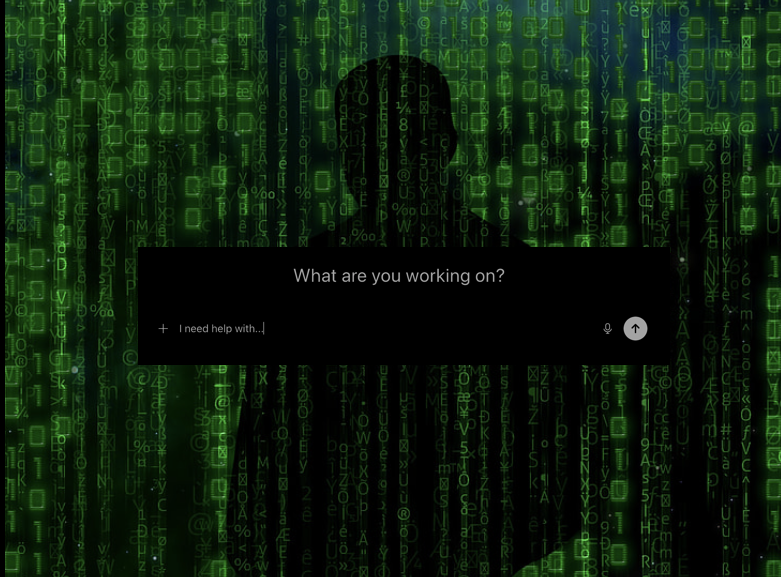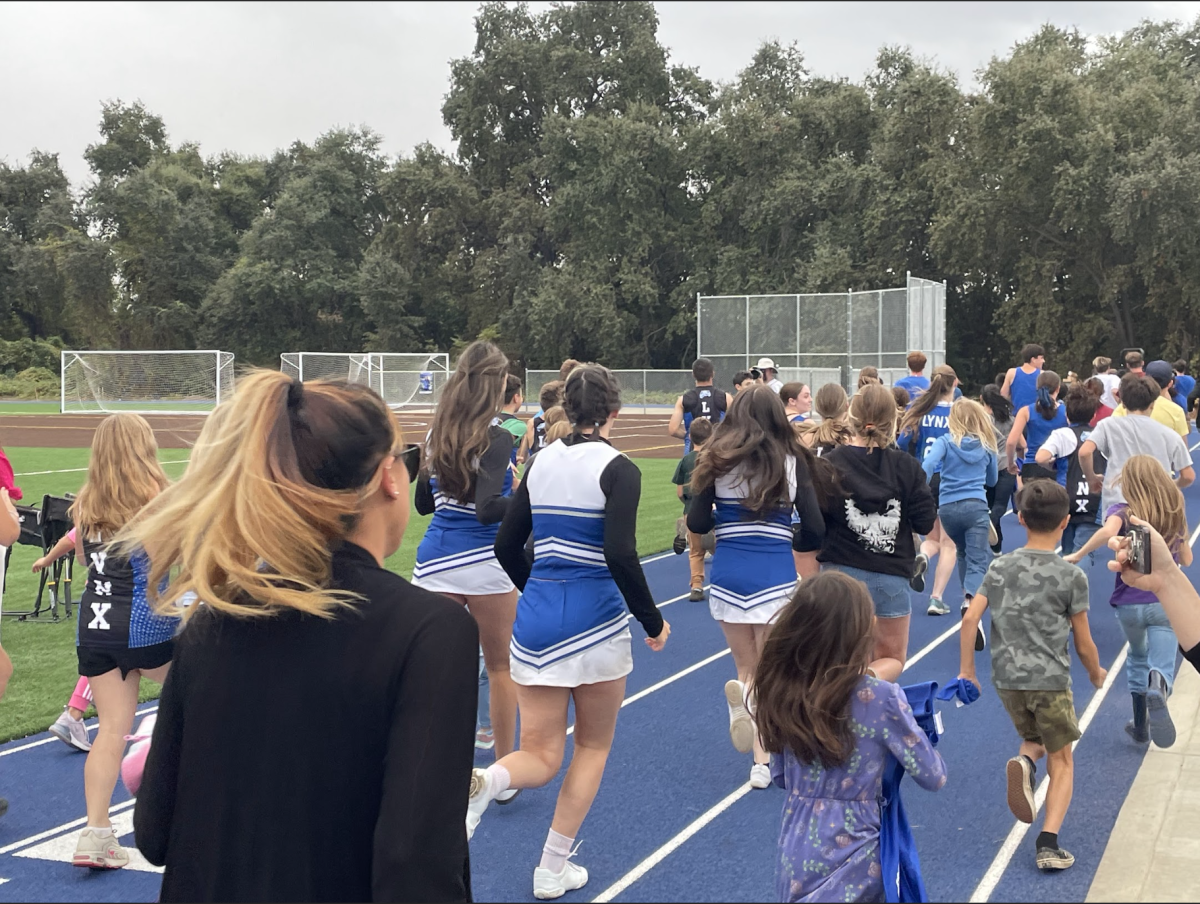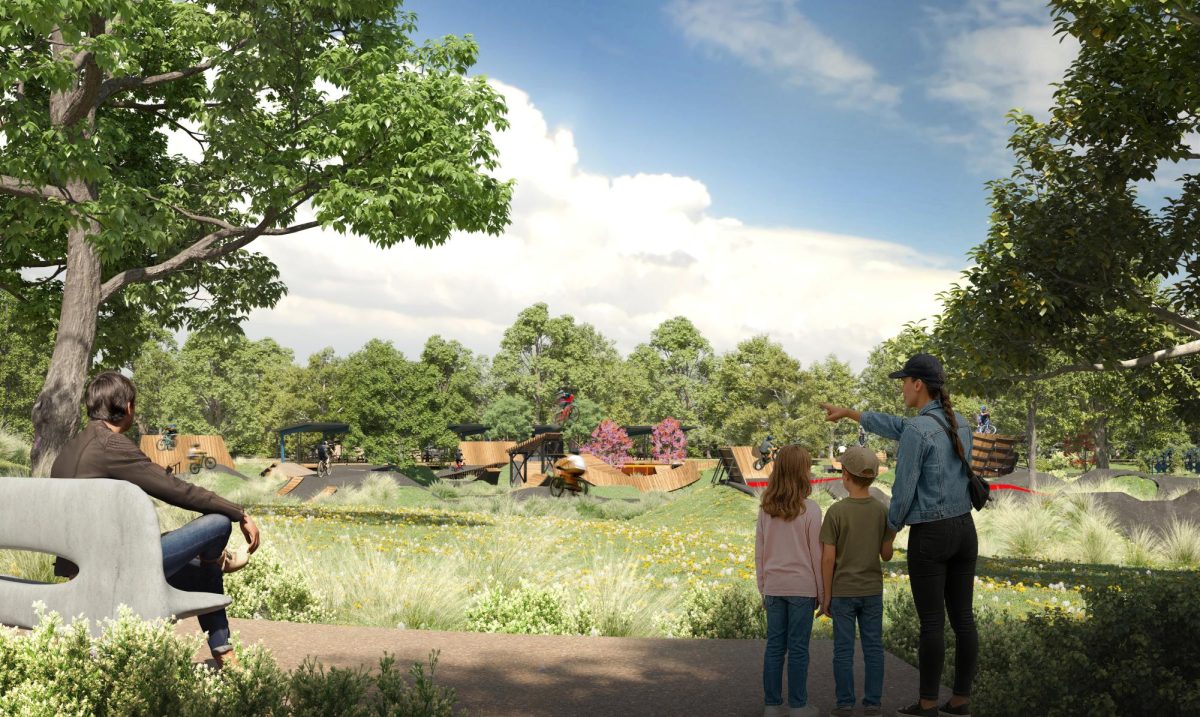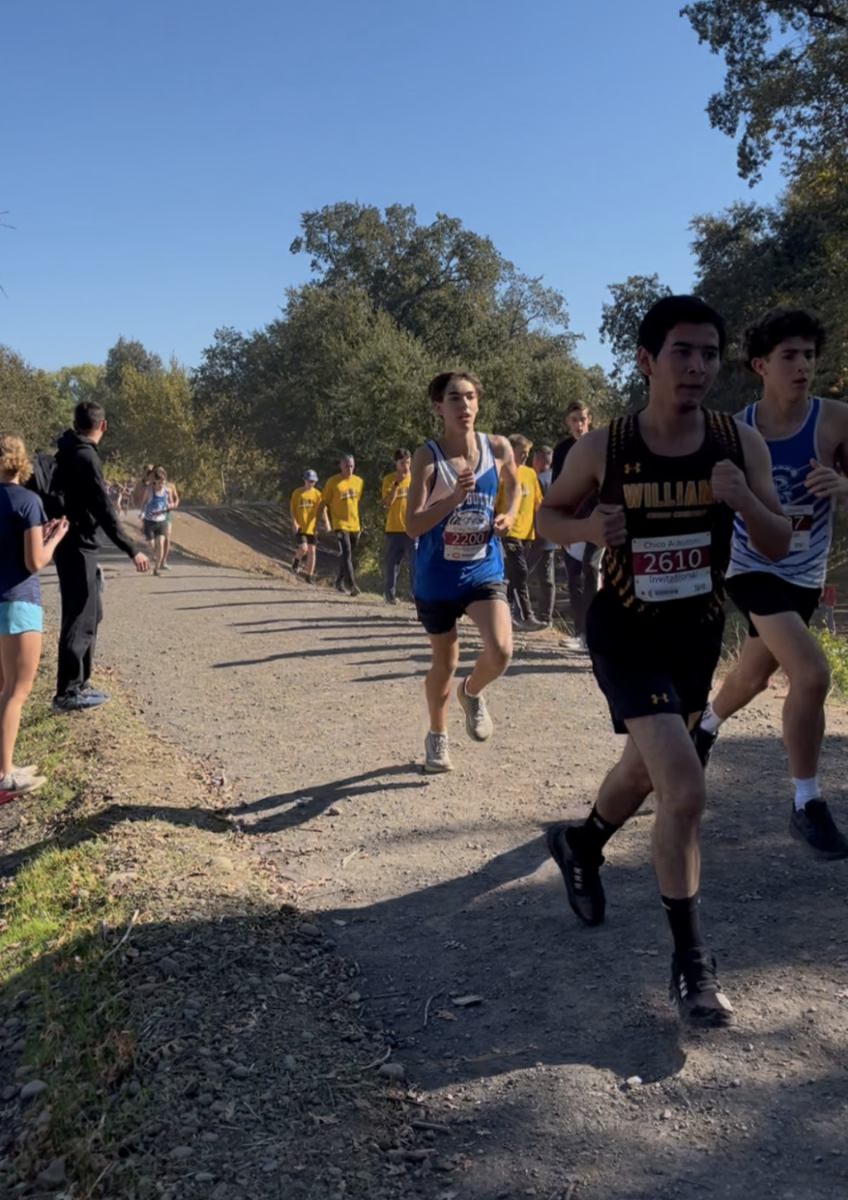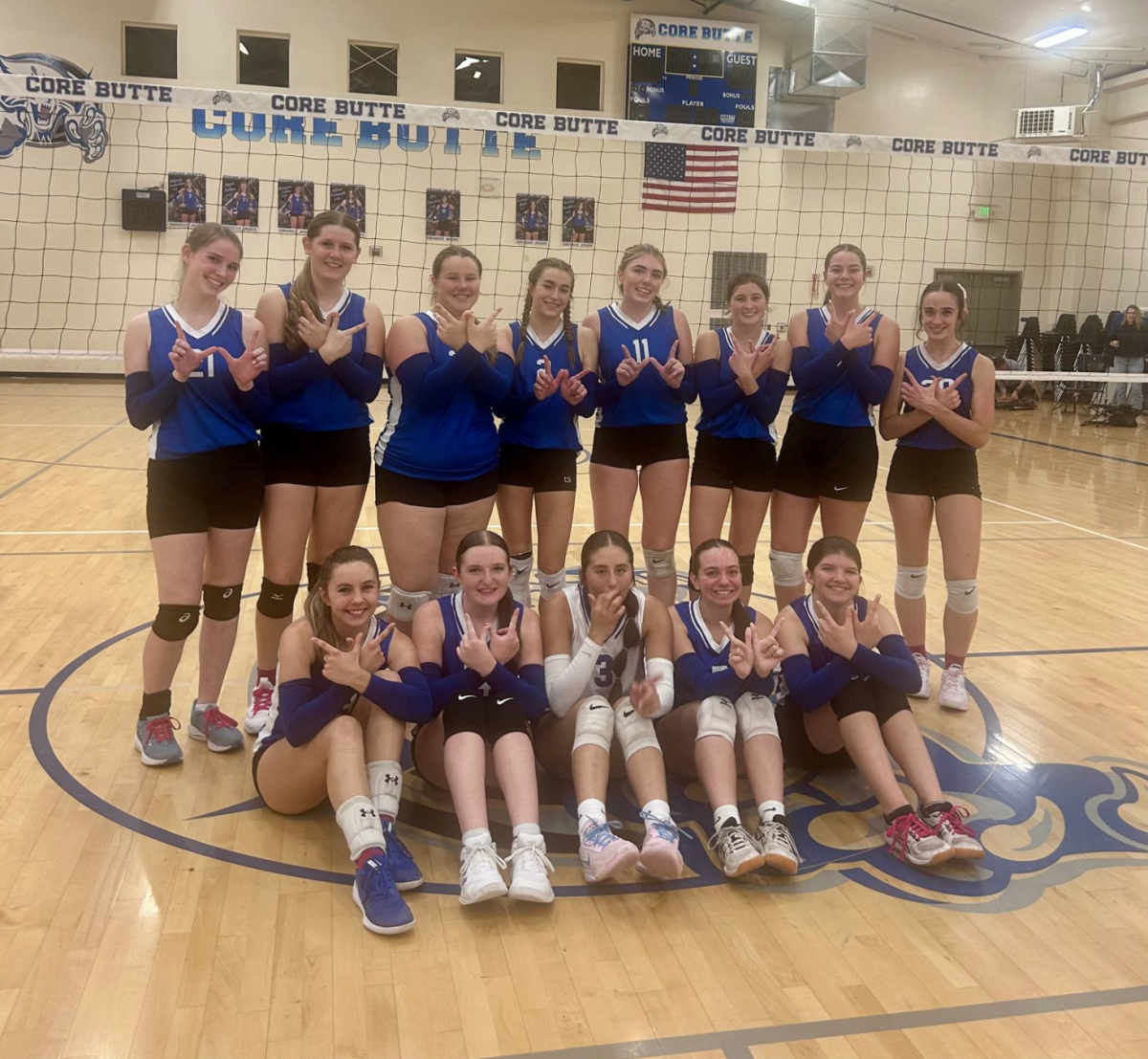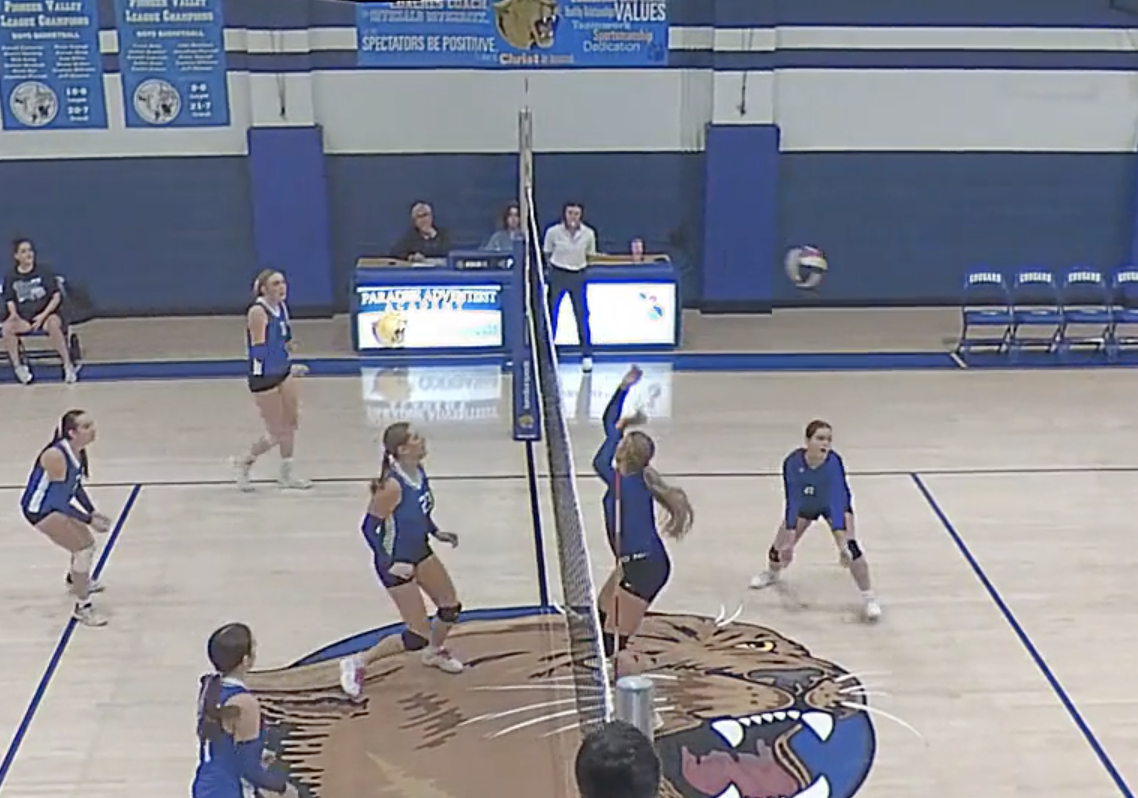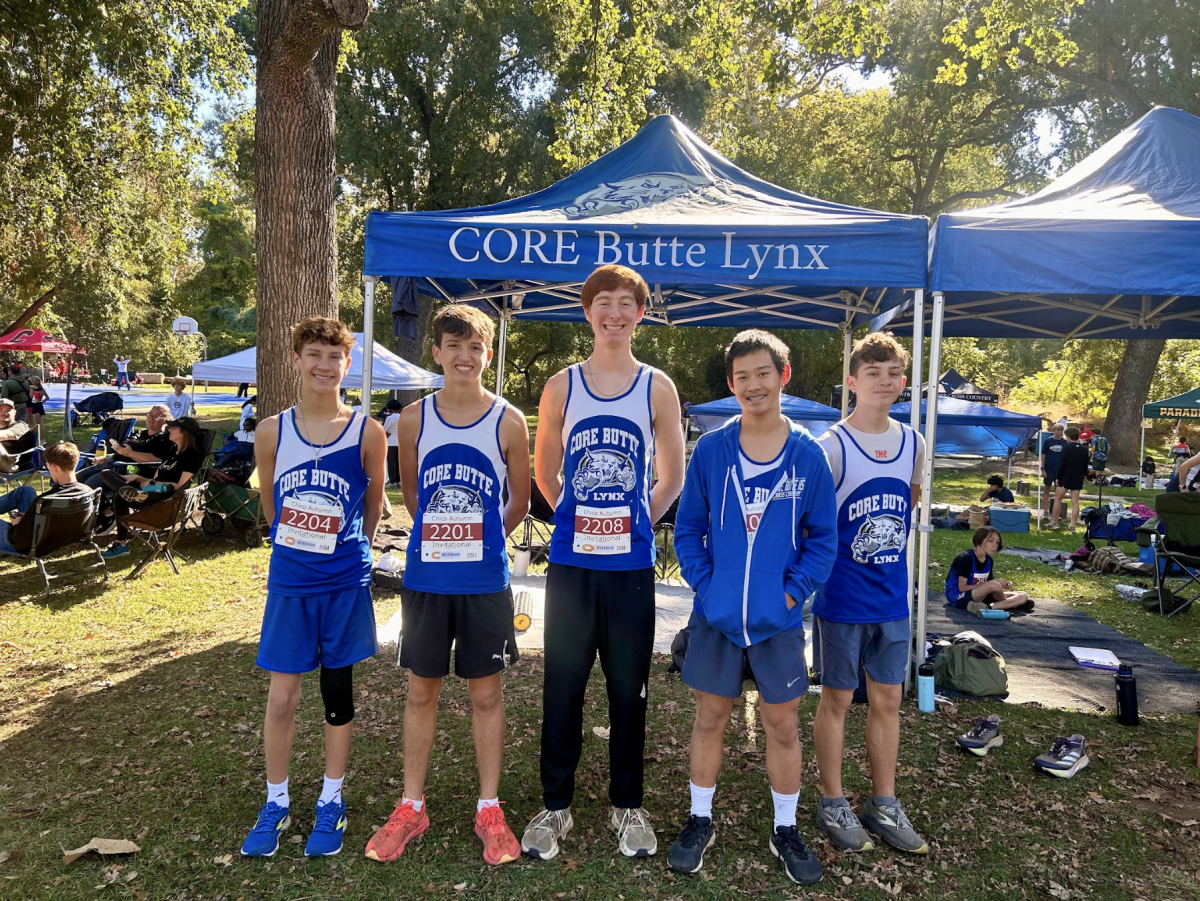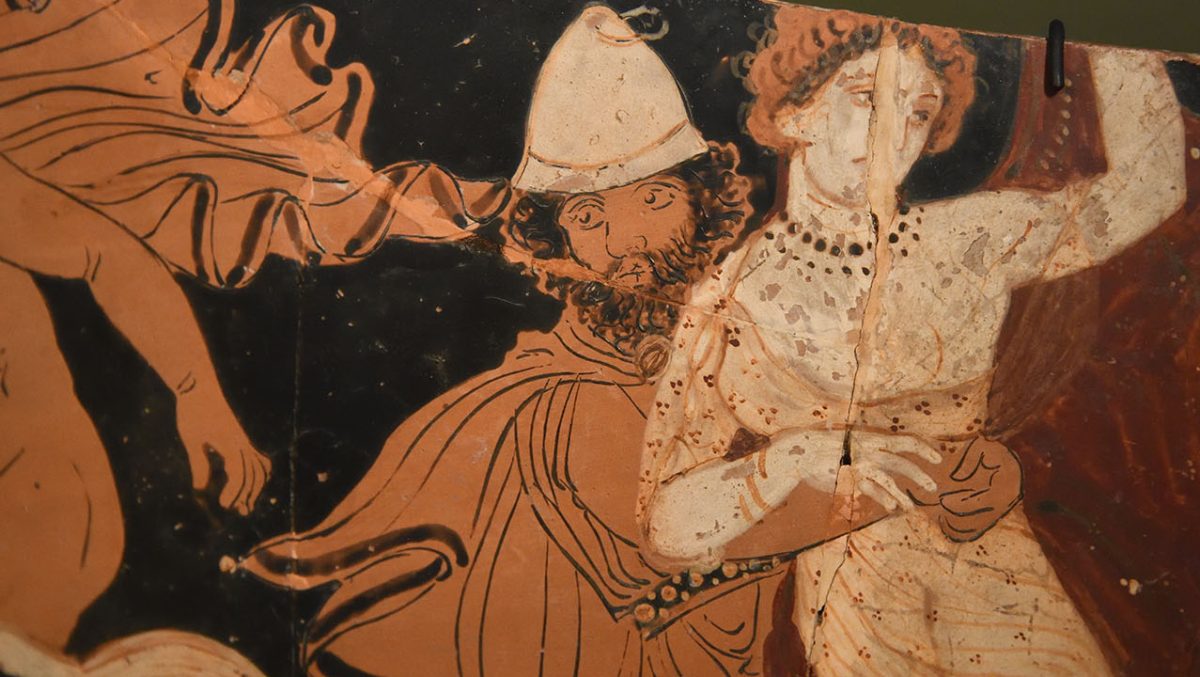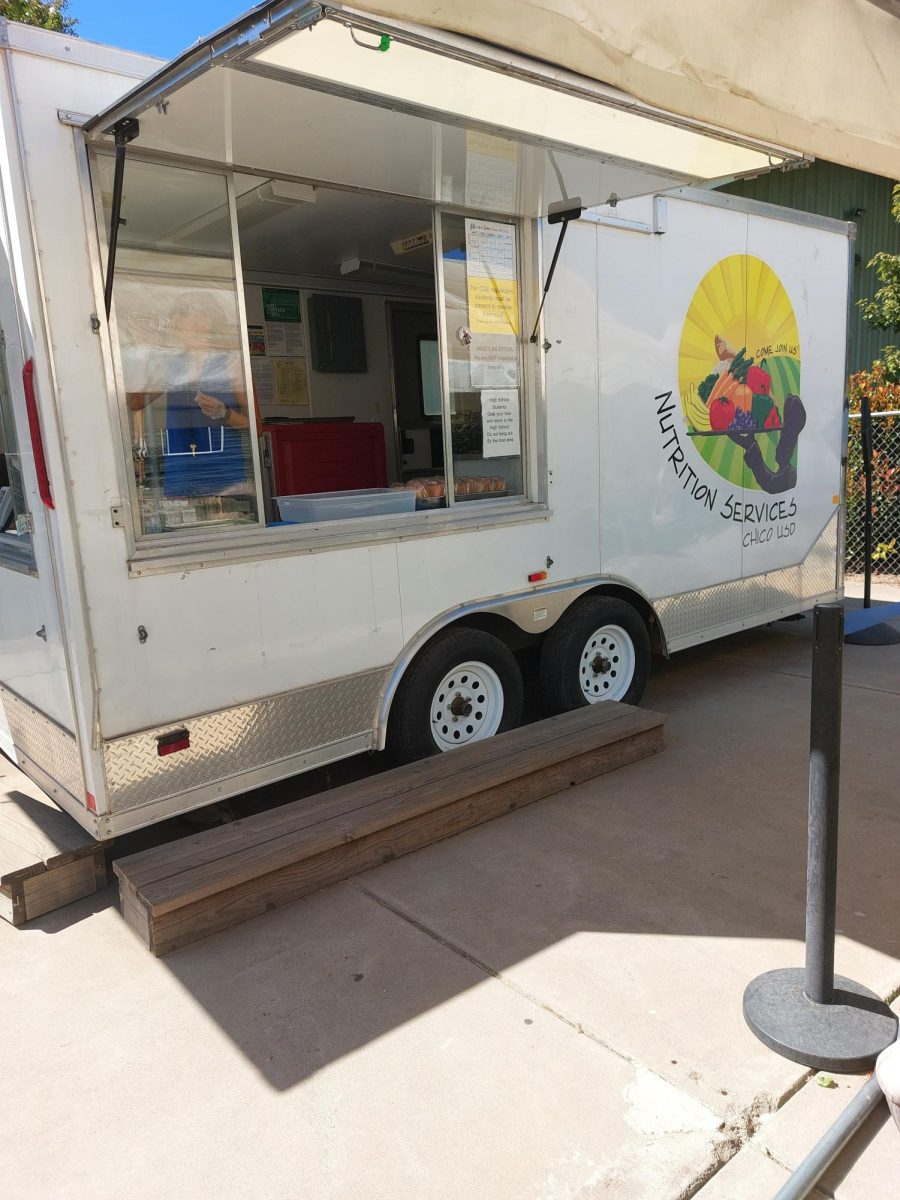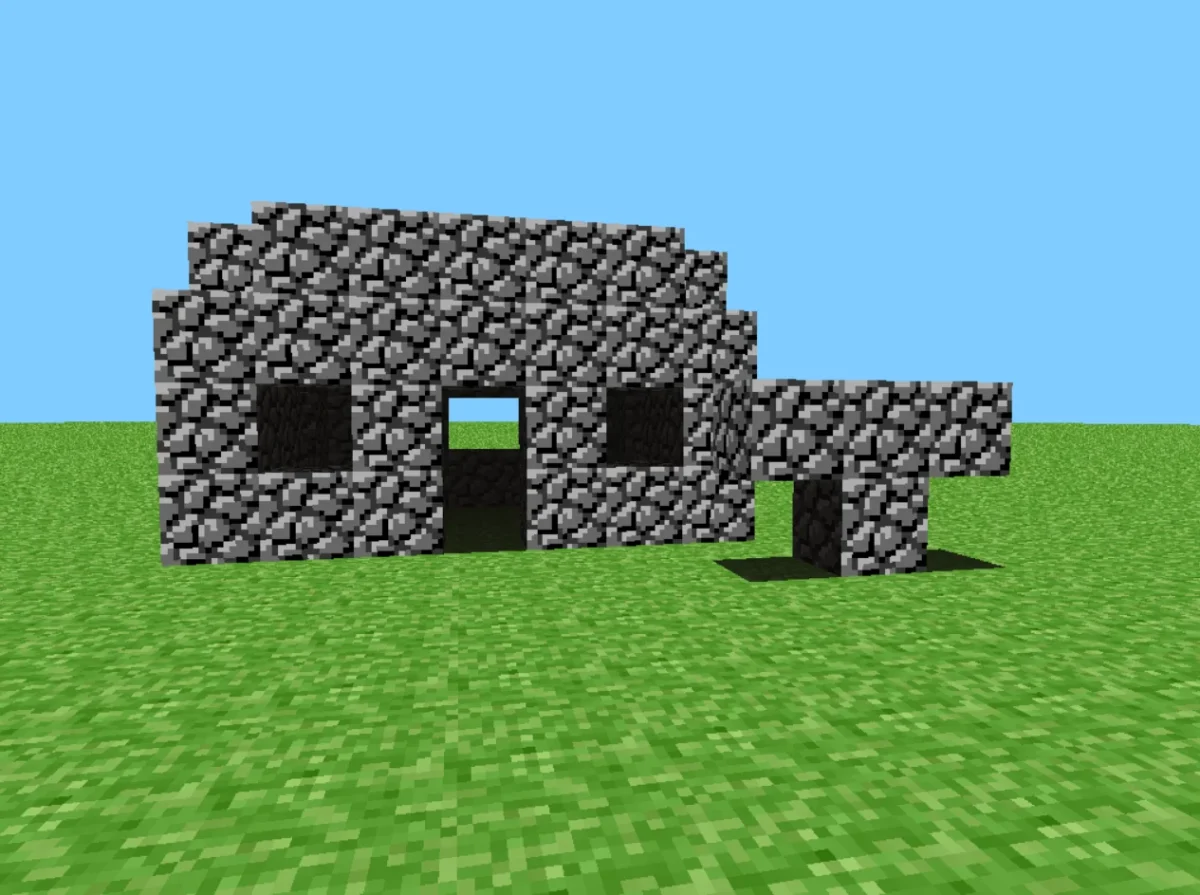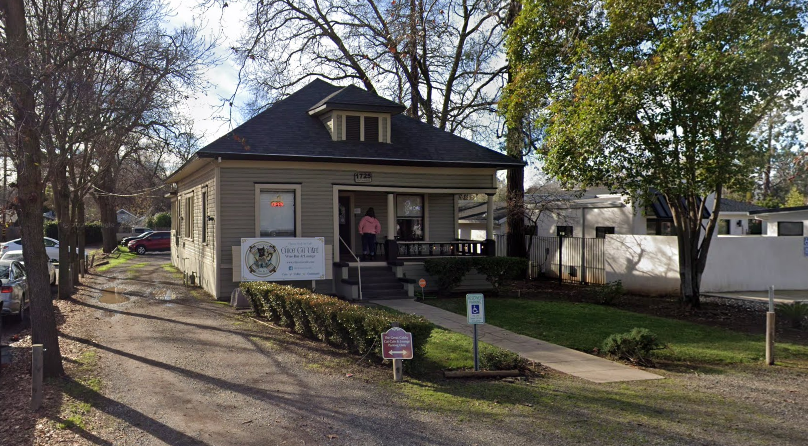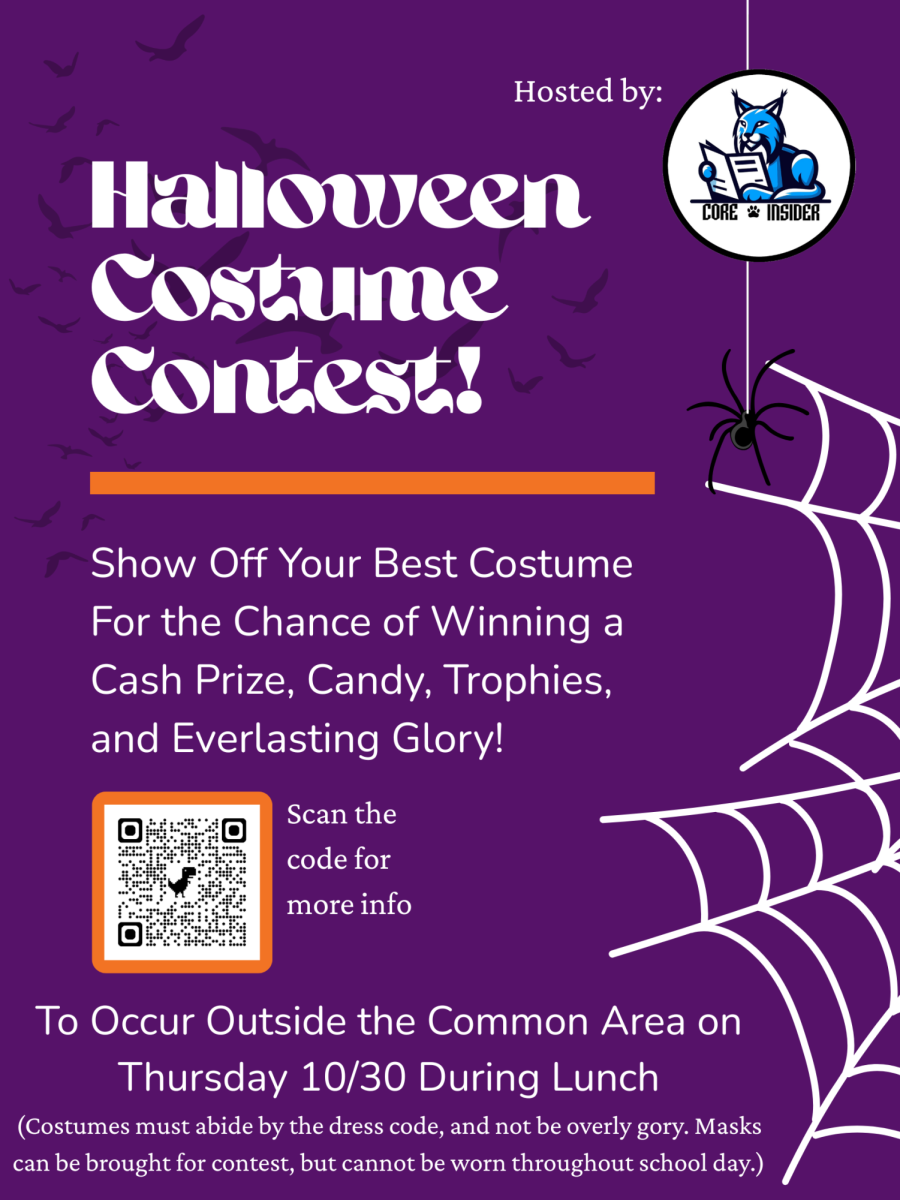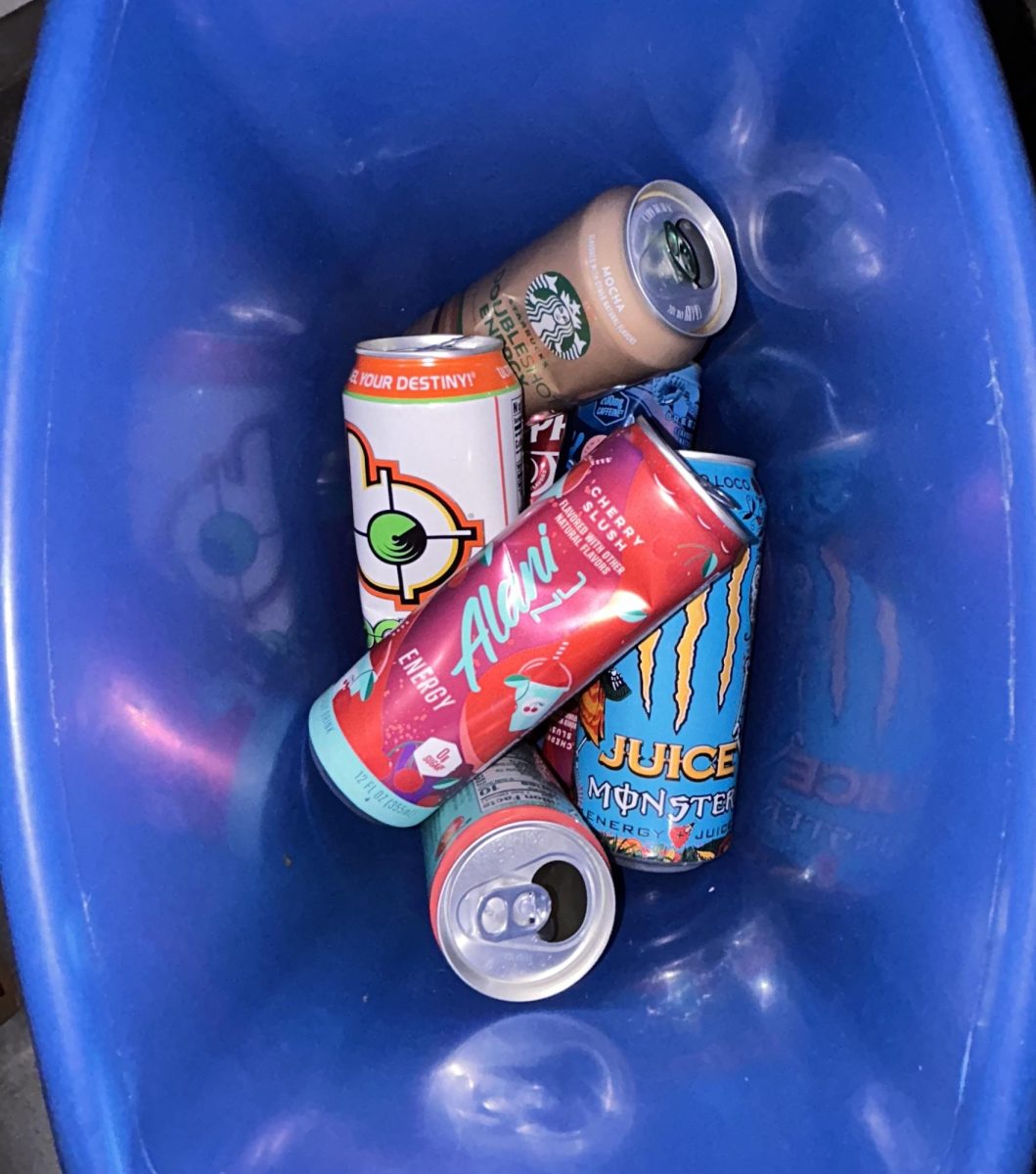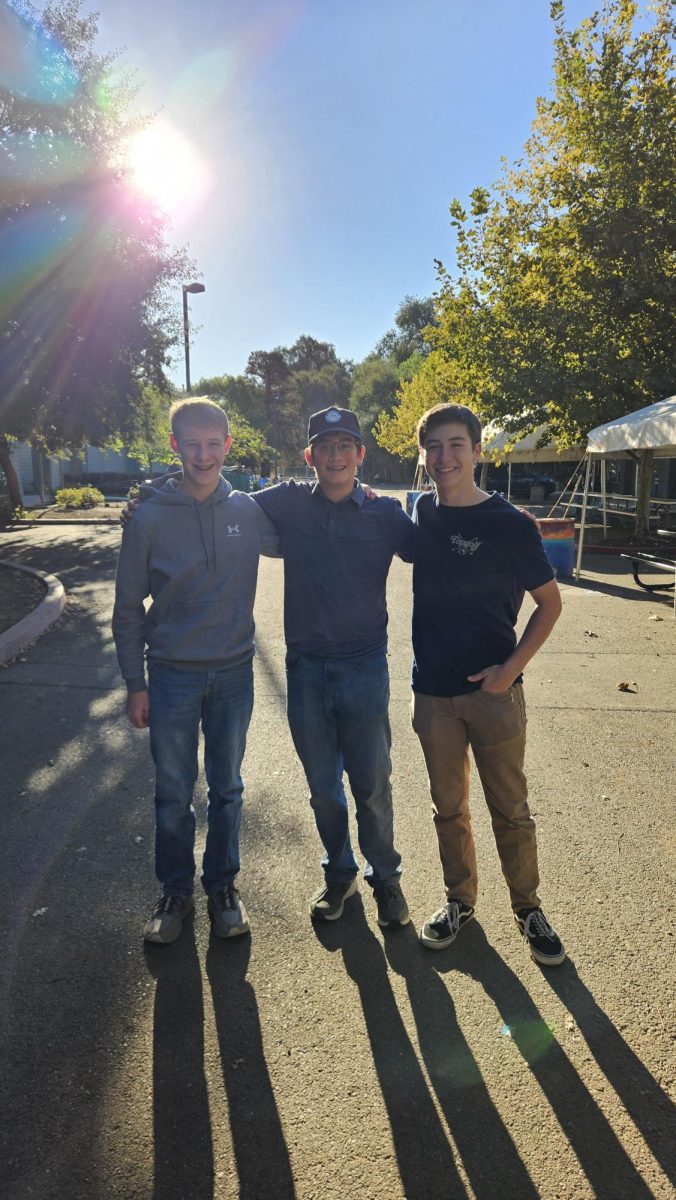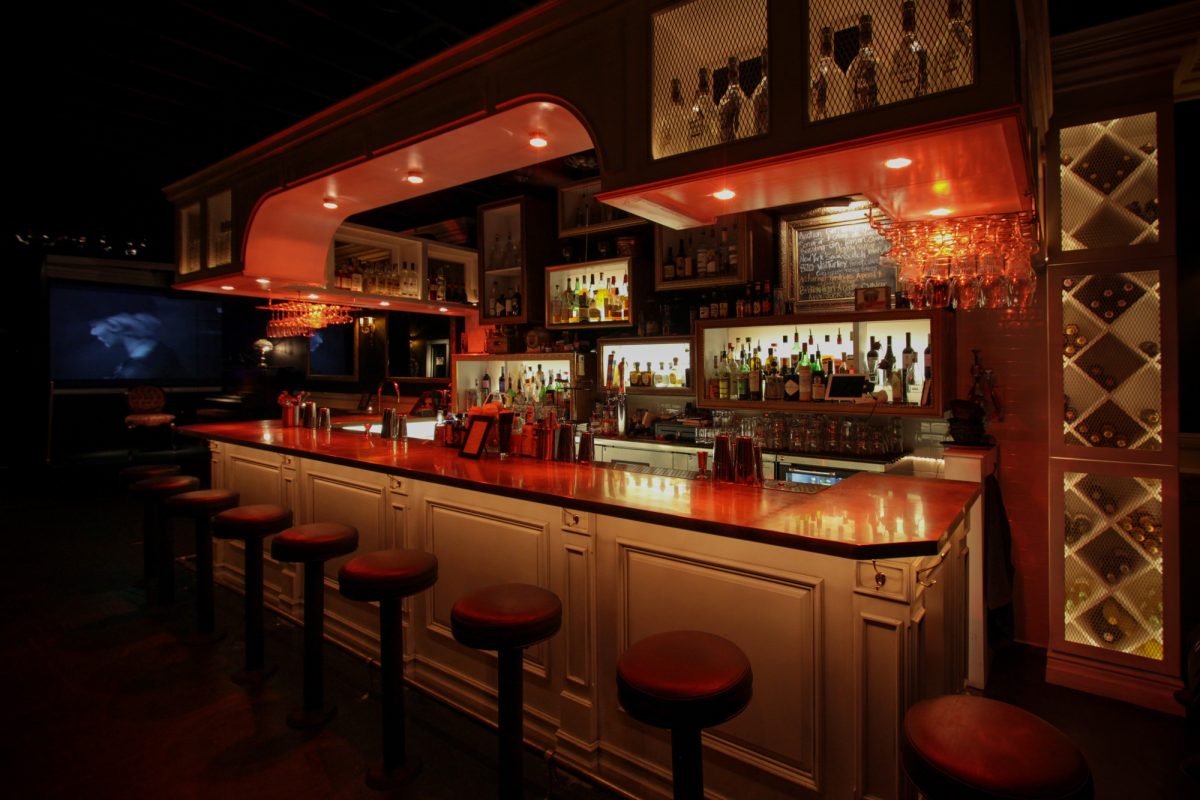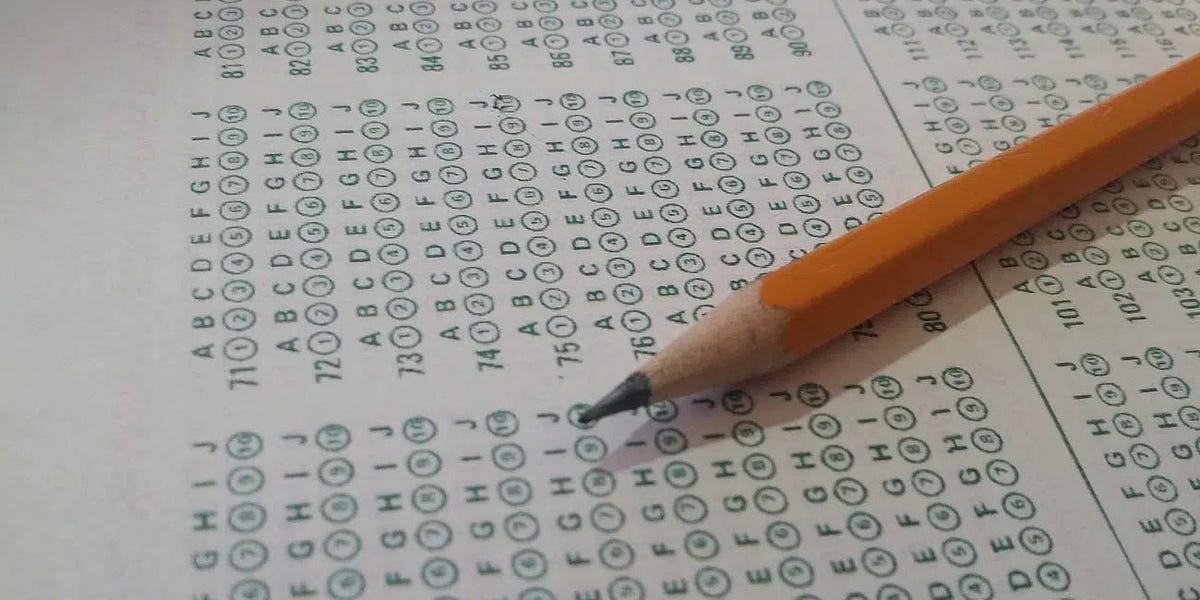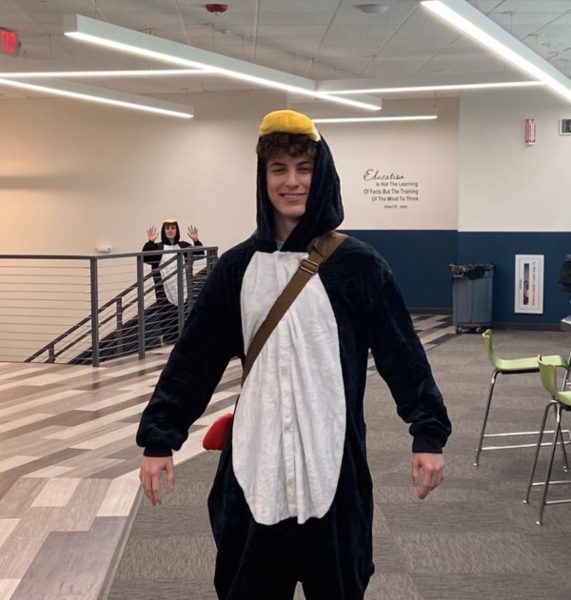Jazz, a genre born from soul, struggle, and celebration, has come a long way since its roots in the early 20th century. Today, for many students, it’s more than background music or something their grandparents listened to. Jazz represents freedom, creativity, and a connection to cultural history that still speaks to modern struggles.
Jazz emerged from the African American communities of New Orleans, combining African rhythms, blues, spirituals, and ragtime. By the 1920s, during what’s known as the “Jazz Age,” artists like Louis Armstrong and Duke Ellington revolutionized the genre, turning improvisation and individual expression into key components of the music. Jazz wasn’t just about following notes on a page; it was about feeling, reacting, and storytelling through sound.
Over the decades, jazz evolved through bebop, cool jazz, fusion, and modern experimental styles. Artists such as Charlie Parker, Miles Davis, and John Coltrane brought complexity and emotional depth to the music that was both technically brilliant and spiritually rich. Beyond just its sound, jazz became a form of resistance and resilience, a tool for pushing back against systemic racism, a way for marginalized voices to be heard.
“I love that jazz induces a motion, it makes you feel a way without doing too much, and it also makes you feel a certain way without using any words,” said fellow peer Henry Barron.
For me and other students I’ve spoken to, jazz feels different from other genres we’re used to. It’s not formulaic or built for virality, it’s reflective and raw. Sometimes, I listen to Casiopea’s “Casiopea” while doing homework or on night drives/walks, and it feels like someone is speaking directly to emotions I can’t put into words through the music itself. There’s something comforting about the fact that the song might never be played the same way twice. It reminds me that it’s okay to not have everything figured out.
In high schools and colleges, jazz continues to influence music education. According to the National Association for Music Education, jazz ensembles remain a popular part of school music programs because of the skills they teach: collaboration, improvisation, and cultural awareness. Some schools, like the University of Arkansas, even host artist-in-residence programs, where professional jazz musicians guide students in both technical skill and historical context.
“Jazz just makes me want to dance,” mentioned Luke Arnold, then continued to bust it down goofy style.
Despite its history, jazz still struggles for mainstream recognition among younger audiences. Most students aren’t exposed to it through pop culture or modern media. Platforms like TikTok rarely feature it, and even popular streaming playlists push more algorithm-friendly genres, the only times it’s ever really featured is if some jazz artist is trending for a few days. But jazz does have its digital advocates. Neo-soul and hip-hop artists like MF DOOM, Kendrick Lamar, and Anderson Paak often blend jazz into their sound, which I so very much love, giving it a new place in today’s musical language.
Still, it takes effort to dig into jazz and really appreciate it and maybe that’s part of its charm. It’s music that asks you to slow down, to reflect, and to feel. In a world where everything moves quickly, that’s not just refreshing, it’s necessary.
Jazz isn’t fading. It’s transforming, echoing in classrooms, dorm rooms, and in the headphones of students trying to make sense of their place in the world. For some of us, jazz is more than just a sound from the past — it’s a soundtrack for figuring things out now.

